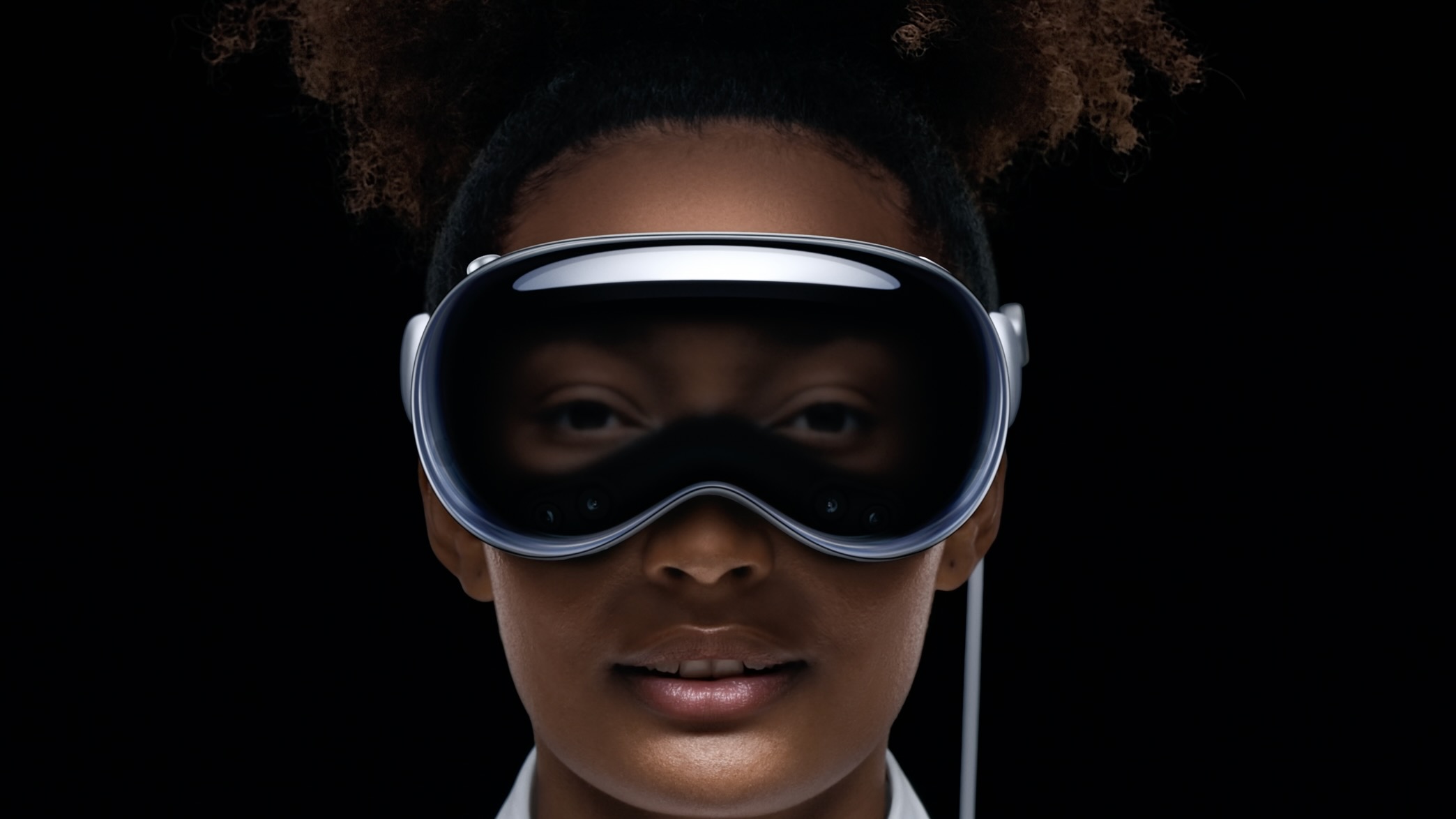
What you need to know
- At WWDC 2023, Apple announced the Vision Pro XR headset, a premium prosumer device with Apple software built in.
- The headset will use mixed-reality technology, enabling both virtual and augmented reality applications. Apple patented "5,000" technological ideas to create the Vision Pro.
- The VR headset will use an R1 silicon chip, a lightweight aluminum design, a wired external battery you'll wear on your wrist, and 3D apps.
- Optic ID will use biometric data from your eyes to protect purchases. Apps won't be able to detect where you look or what your surroundings look like in order to preserve privacy.
- The Apple Vision Pro will launch "early next year" for $3,499.
Announced at its Worldwide Developer Conference 2023, the Apple Vision Pro XR headset will shake up the virtual reality space. Though with its deep integration with Apple devices and eye-watering price tag ($3,500), it's unclear how many people will buy this first-generation headset.
"Vision Pro is the kind of computer that augments reality by seamlessly blending real world with a digital world," said Tim Cook, who unveiled the device. "You’re no longer limited by a display; your surroundings become an infinite canvas."
The Vision Pro will have a 3D interface with elements that have a "sense of physicality. They have dimension, respond dynamically to light and even cast shadows to help you understand scale and distance." Apps will react when you look at them, courtesy of the inward eye-tracking cameras.
Unlike most VR headsets, the Vision Pro doesn't appear to have traditional controllers. Instead, "users can browse through apps by simply looking at them, tapping their fingers to select, flicking their wrist to scroll, or using voice to dictate." We'll have to see whether or not a fully motion-controlled headset works well enough compared to the traditional tactile feedback of buttons and joysticks.
The Vision Pro will let you place apps in the space around your office or living room. While many apps will sit on a traditional 2D screen, they will also have 3D aspects that extend from the screen.
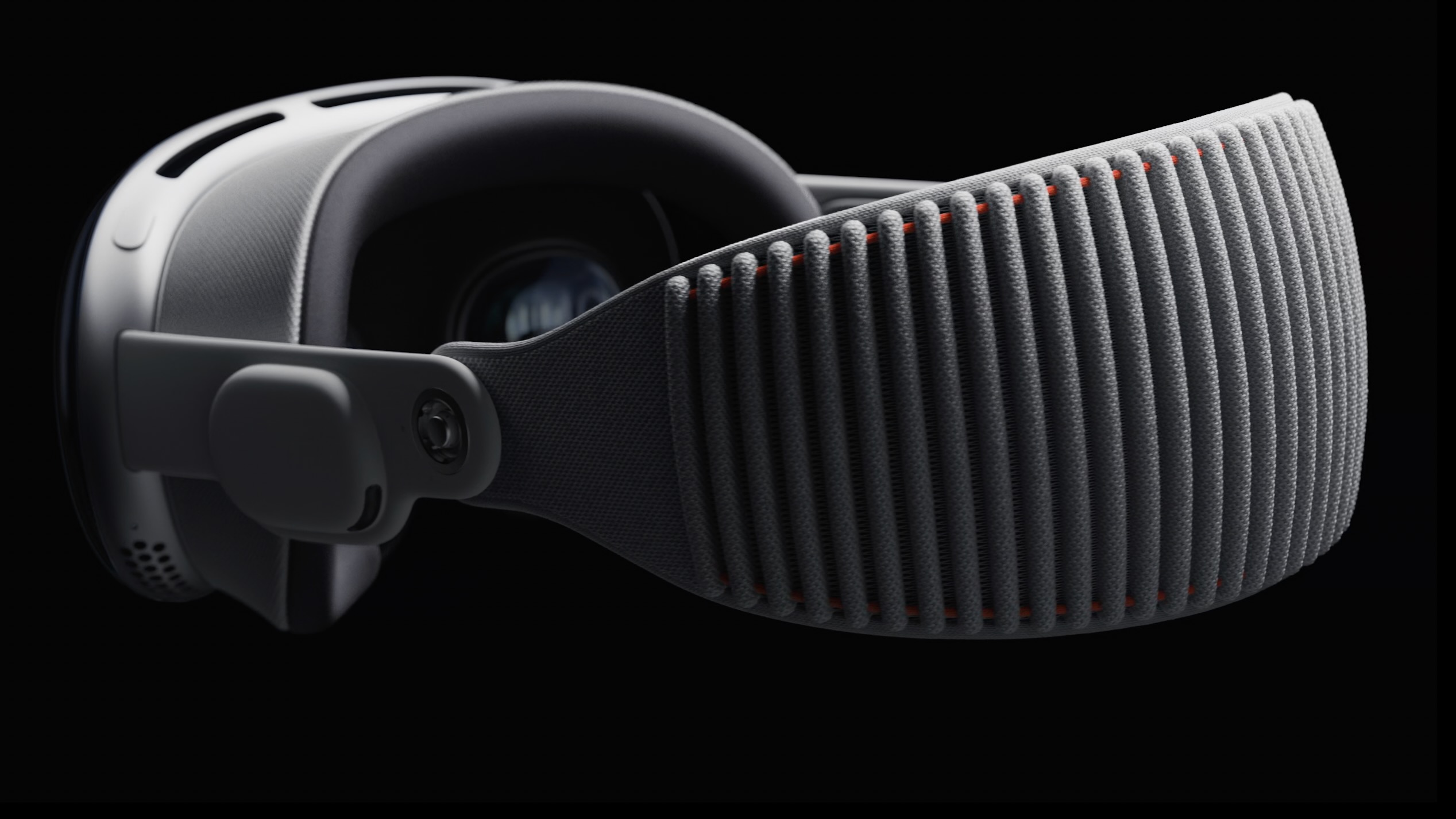
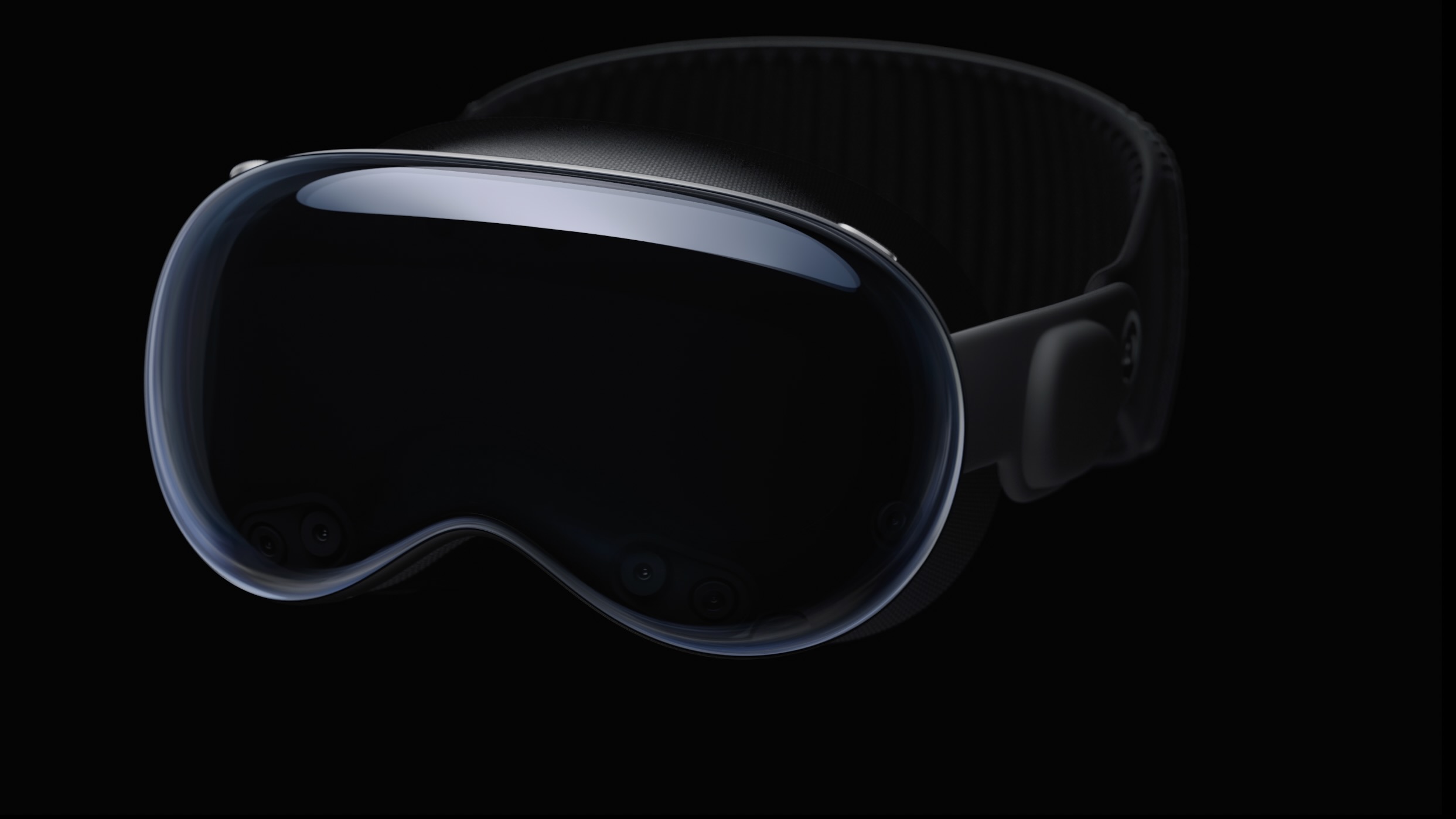
Unfortunately, but perhaps unsurprisingly, the Vision Pro will rely on a thick wire that connects to a battery that you'll wear at your waist. With the external battery, it'll last just two hours; but it can be used all day "when plugged in." We'll have to see whether this uses a lightning or USB-C connector.
As for the headset itself, it looks quite comfortable. Apple promises a modular design, with different sizes for the soft-textile Light Seal, custom prescription inserts, and a headband that also comes in multiple sizes, knitted to "provide cushioning, breathability, and stretch."
Apple's engineers promise they used "the most advanced lightest weight materials possible" with a "custom aluminum alloy." But we don't have an actual weight yet. It doesn't have a top strap; the lack of support puts more pressure on your forehead and rear of your head, a complaint many had with the similar Quest Pro headset design.
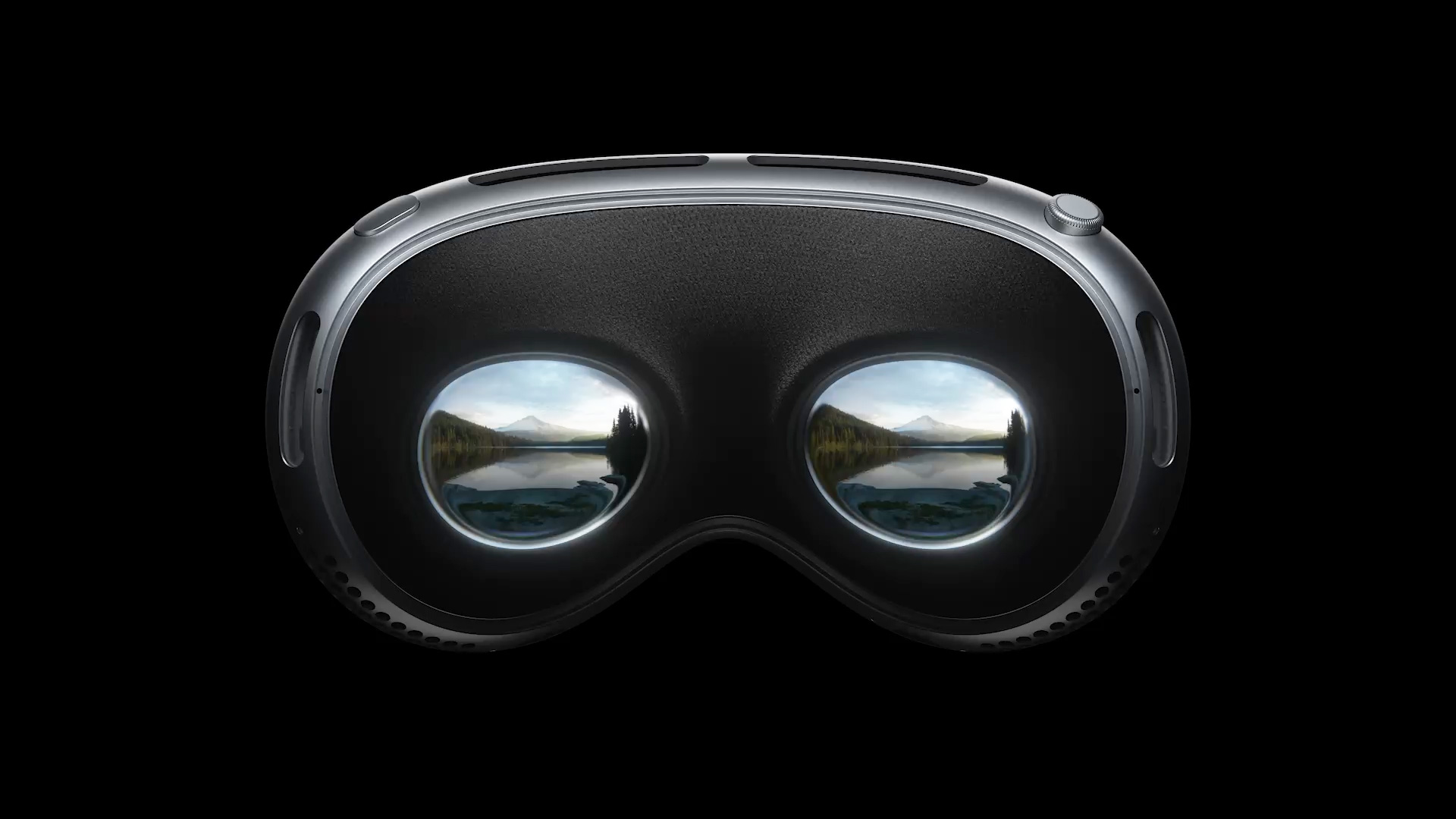
As for the Vision Pro display, Apple says they packed "23 million pixels" into two micro-OLED displays "each the size of a postage stamp." They're magnified by catadioptric lenses, which fulfill the same function as Meta's pancake lenses in creating magnification with a lighter design than previous VR lenses.
The headset will use a custom "R1" silicon chip with a 12ms latency delay, which Apple says will prevent nausea. The chip "processes input from 12 cameras, five sensors, and six microphones" in real-time. This detail clarifies how the Vision Pro will properly use hand tracking for controls and accurately capture your voice for teleconferencing.
The Vision Pro will have "spatial audio," with two audio drivers built into the "audio pods" near your ears.
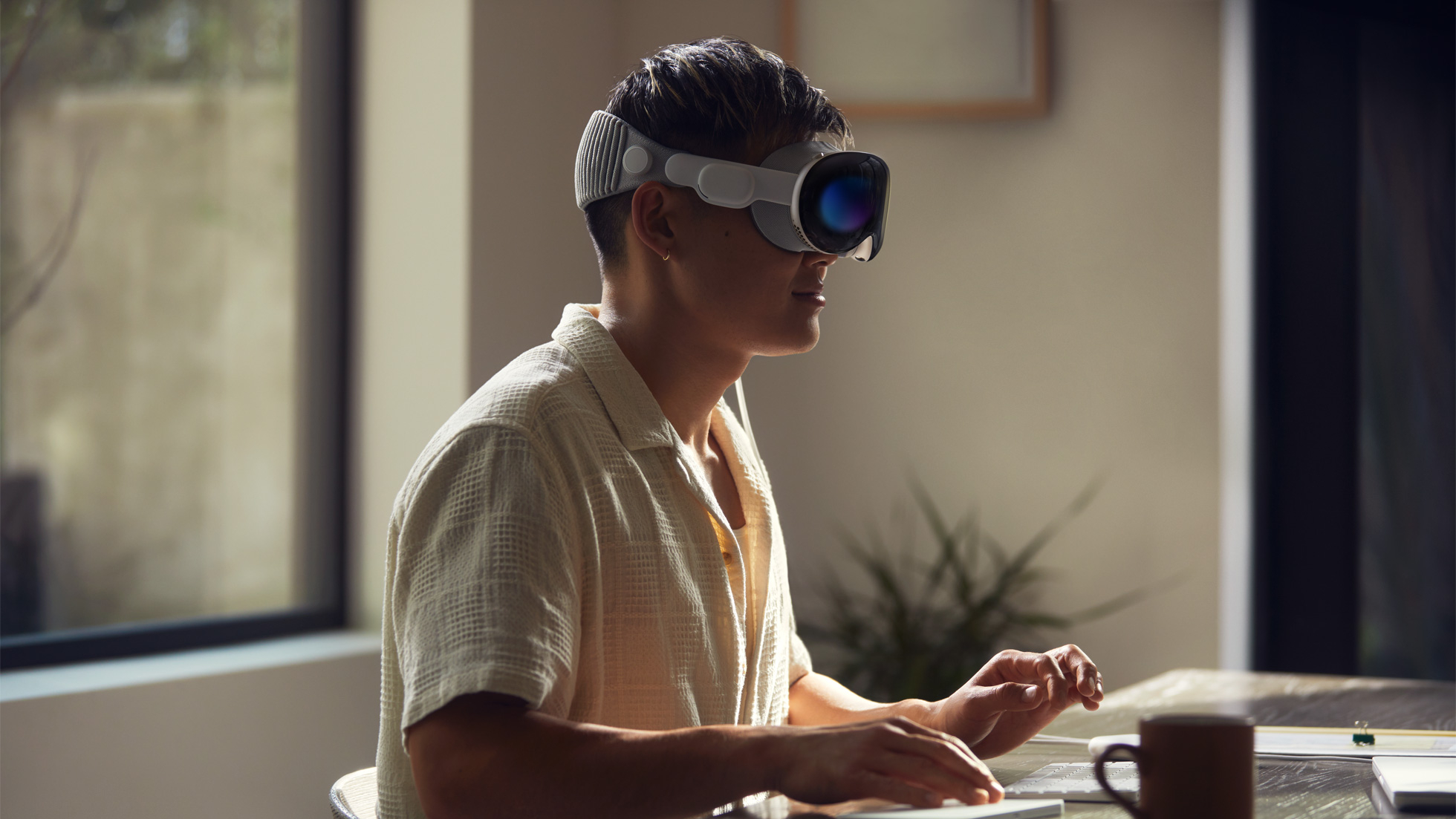
The outer display will create an "authentic representation of you" that appears whenever it senses a person looking at you — in other words, showing a 3D recreation of your face and eyes on the Vision Pro itself — so you feel more "present" to friends and family while working in-headset. Unlike a traditional VR headset, passthrough will let you easily see what's around you.
When FaceTiming someone in the Vision Pro, you'll have a "Persona" avatar that recreates your facial expressions and hand movements in real-time. This, too, is something the Quest Pro offers.
Hundreds of thousands of iOS and iPadOS apps will be available on the Vision Pro XR headset at launch, though they won't necessarily have any 3D elements initially. Developers will be able to use ARKit and the new "Reality Composer Pro" to specifically design 3D content to work within the headset.
Analysis: How Apple Vision Pro will compete against other XR and VR headsets
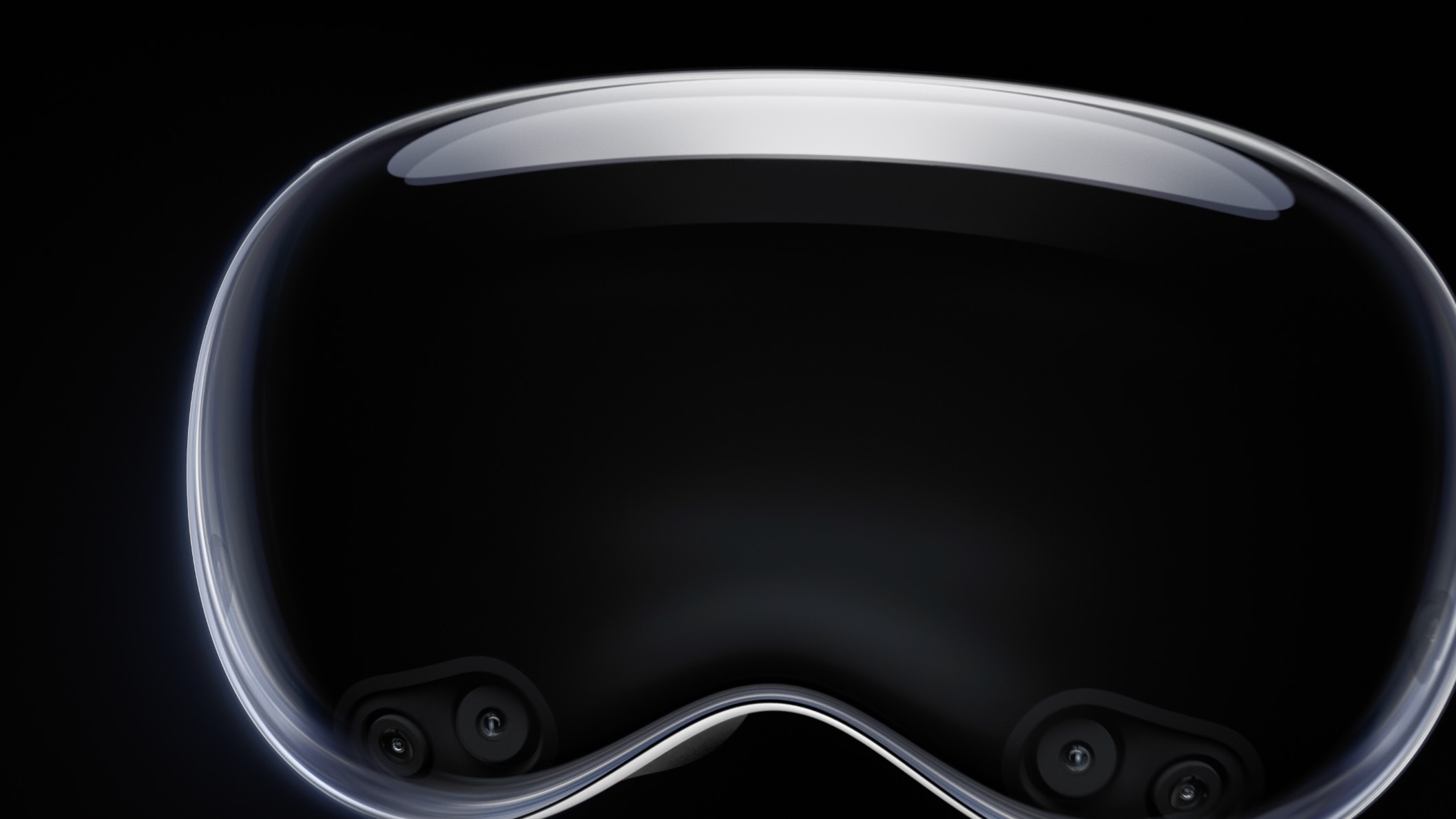
The Apple Vision Pro XR headset will focus on a few key use cases like gaming, fitness, collaboration tools, and virtual versions of key iPad apps. Apple will have an uphill battle competing with the PSVR 2 and Quest 2/3 in gaming and fitness, but it will have the clear advantage for native productivity tools.
Just as Meta designed the Quest Pro as a "Chromebook for your face" that you can hypothetically work in all day, the Vision Pro is like a Macbook for your face, designed to work standalone with virtual apps and browsers in the space around you. Still, most people will probably buy one in addition to a MacBook, making the overall cost quite exorbitant.
Apple showed off the headset's design during its livestream event. Like many enterprise AR devices, the Vision Pro XR headset will use a tethered connection to a battery. Thankfully, you won't be stuck next to your Macbook or iMac; still, having this constant wired connection may not be especially comfortable.
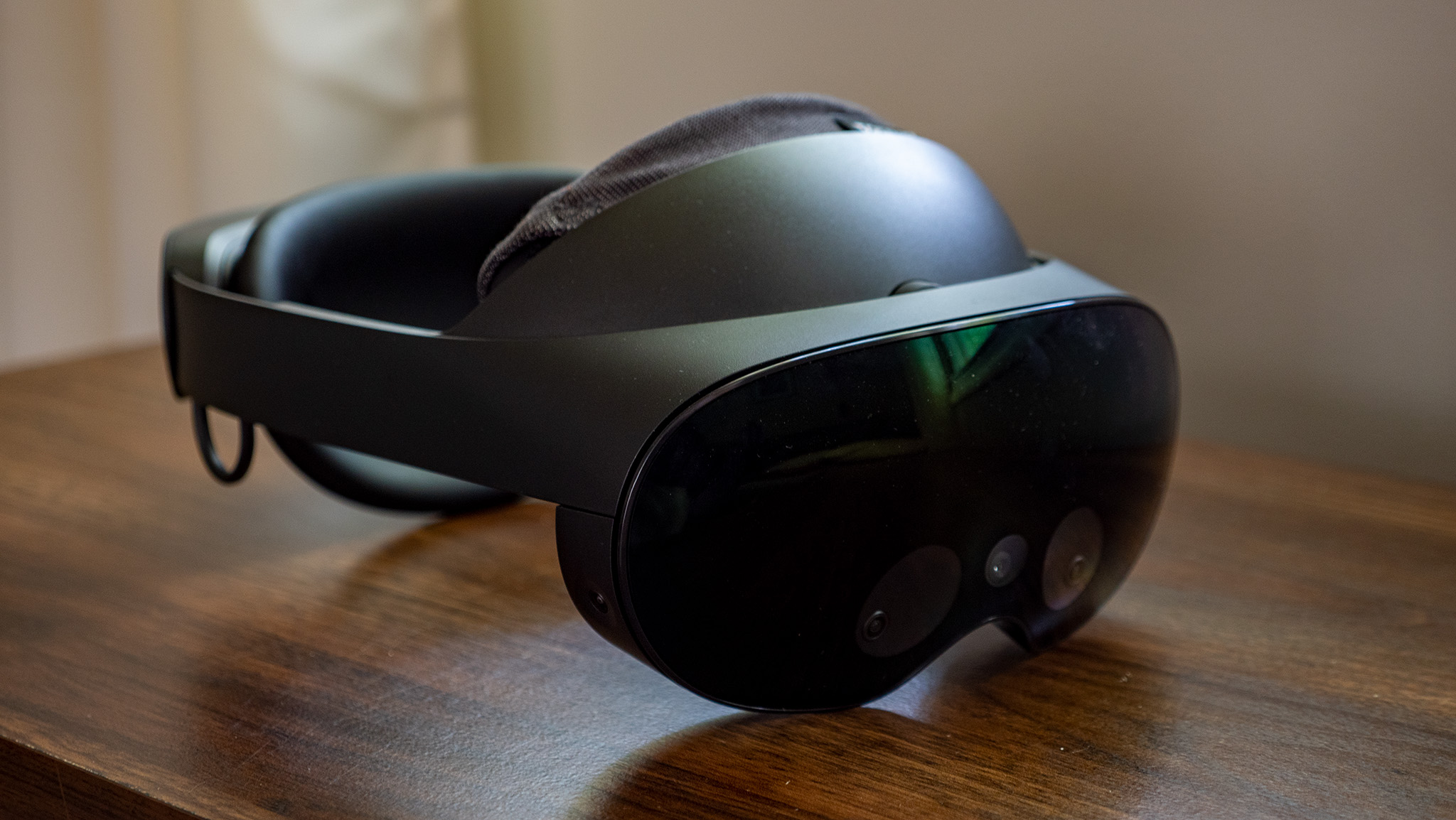
After literal years of delays, Apple has finally leaped head-first into the VR space, challenging Meta and Android companies like Samsung and Google that have their own virtual reality plans.
Specifically, a Samsung headset with Google software will launch later in 2023, which could provide a Vision Pro XR headset alternative for Android phone owners. It'll be an "immersive XR platform powered by Android," so we can assume similar mixed-reality tech; we just don't know if it'll come close in price or target a more Chromebook-level price.
Considering the Vision Pro won't arrive until 2024, Google and Samsung could preempt Apple's VR success. It'll depend on whether the hardware or software can live up to expectations.
As for Meta, we know the Meta Quest 3 is on track to arrive this October, a couple of months before the Apple Vision Pro. This $499 headset targets gamers first and foremost, but it will also have dual color passthrough cameras for "Meta Reality" (aka mixed reality) applications. Its Snapdragon XR2 Gen 2 chip will give it performance on par with 2023 Android flagships, though this won't be enough to compete with Apple silicon.
For those who can afford it, the Apple Vision Pro is more tempting than the Quest Pro, simply because it has actual software through the Vision operating system (visionOS). Outside of Meta's own apps, the Quest Pro mostly relies on web apps and works through the Oculus Browser, while Apple can call upon its own apps (as well as major partners) to take full advantage of its 3D space.
Still, with the Vision Pro costing seven times more than the Quest 3 and more than twice that of the Quest Pro, it's clear it's in a category by itself. The question is, who can afford it outside of enthusiasts?







